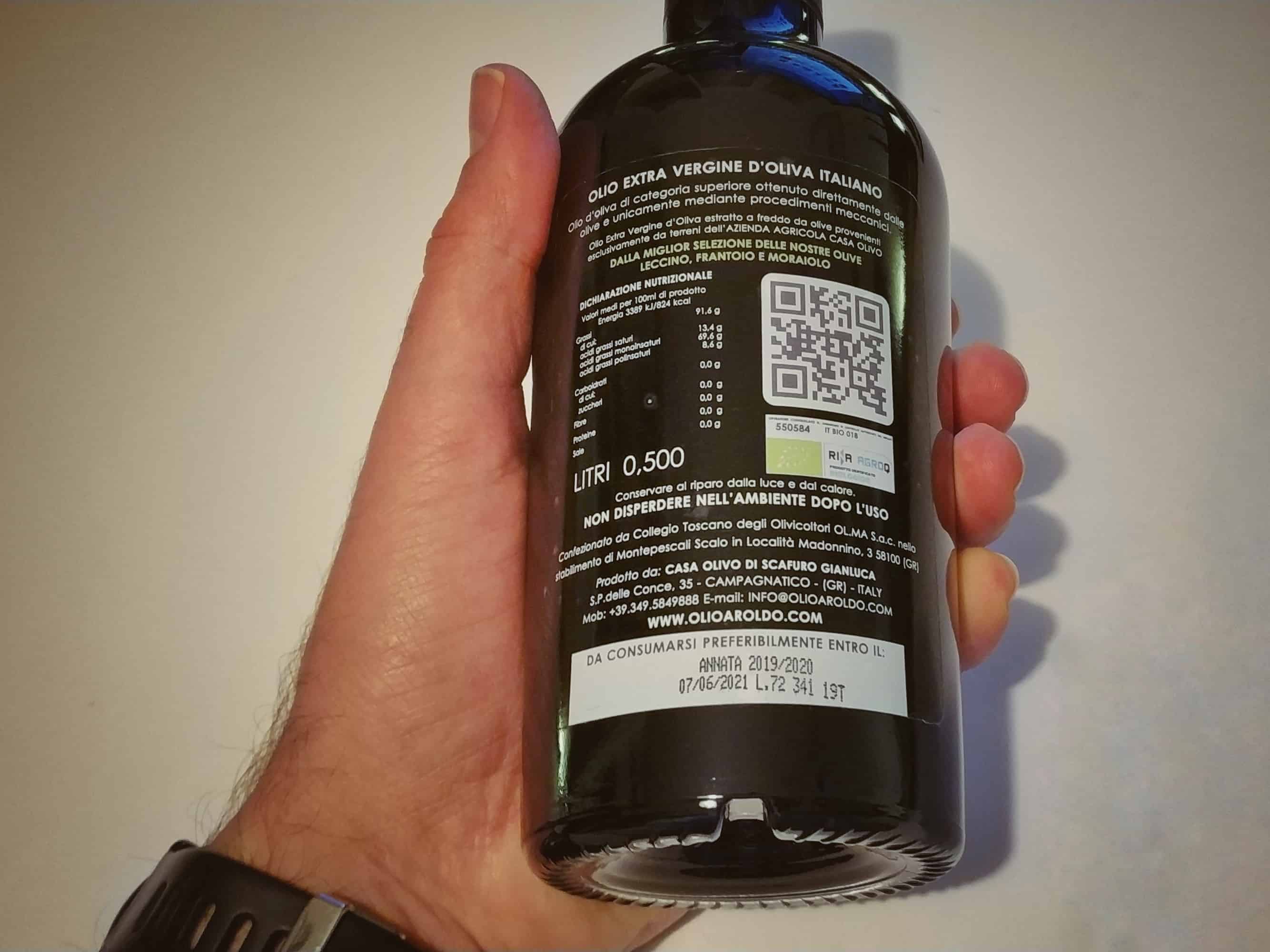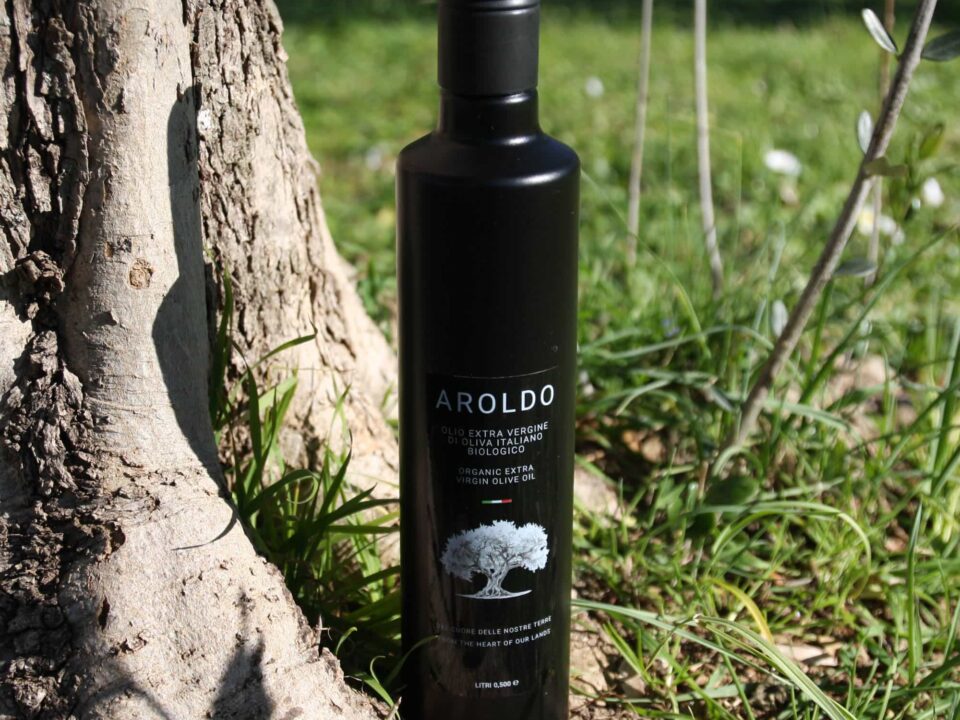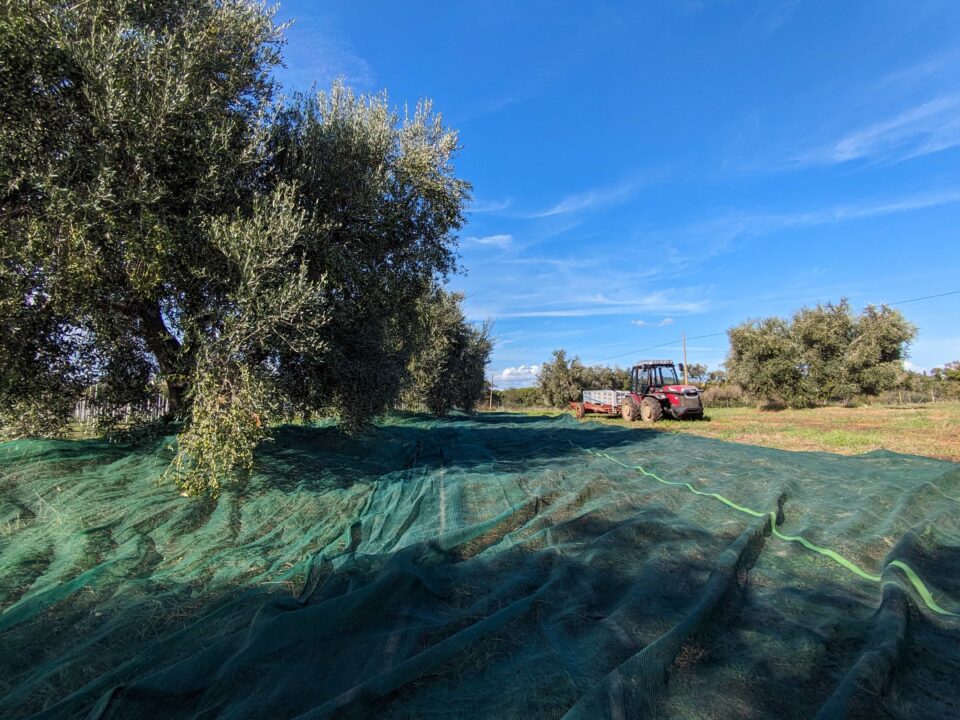Can you read the label?

Come leggere l'etichetta dell'olio extra vergine di oliva
How to choose the best one?
Today more than yesterday everything is within everyone's reach. Food is readily available and the consumer is faced with a vast choice of products, how to choose the best one? One of the first things to be able to do is knowing how to read the label correctly, especially when it comes to extra virgin olive oil. Only then will you have a tool to make the right choice.
The label is an Identity Card
The label has become, and will increasingly be, the identity card of the product and must undergo numerous regulations to safeguard the consumer and aimed at informing the consumer about ingredients, deadlines and places of provenance, the methods of conservation and the expiration date.
How to read the EVO oil label
When we approach a label of any food, it must be clear, legible and indelible. In particular, on an extra virgin olive oil label we will find mandatory indications and optional indications. The mandatory denominations must include the sales denomination, the origin and the name of brand and the manufacturer, the net quantity, the nutritional table, the batch, the storage method and the minimum storage period. To these must be added, upon mandatory indication for Italian legislation, also the indication of the production or packaging plant location.
Storage and year of collection
The "harvesting campaign" is regulated both at European Union and national level. European Union legislation provides that the label of extra virgin olive oil and of "virgin olive oil" must indicate the harvesting campaign only if 100% of the oil contained in the package comes from this collection . IMPORTANT: the collection campaign, therefore, can never be indicated if the packaged oil comes from a mixing of oils from two or more campaigns. Italian legislation provides that for the "extra virgin olive oil" and for "virgin olive oil" the harvesting campaign must be indicated if 100% of the oil comes from this collection. Like European legislation, the harvesting campaign, therefore, can never be indicated if the packaged oil comes from a mixing of oils from two or more campaigns.This information therefore allows the consumer to distinguish between a product obtained with olives harvested in the current year compared to an extra virgin olive whose olives come from a previous campaign.
Organic "bio" Certification
The organic certification of Extra Virgin Olive Oil provides that it must be produced only from olives from certified organic agriculture. By definition of the law "bio" means free of pesticide residues. In other words, any phytosanitary substance introduced in the field during the cultivation practice, must then be totally absent in organic food.
For the labeling and advertising of foods obtained with organic farming methods, the rules to be followed are set out in EC Reg. N. 2092/91. The certification of the products establishes the conformity of the products themselves to the requirements established by the current EU and national legislation, as well as to what is established by the standards and by the disclosures of the recognized control bodies.
The objective is to guarantee the consumer the authenticity and identification of the product which must be distinguished, as it is subject to the control regime, from the production phase to that of marketing, in accordance with the specification relating to the organic production method .
Ultimately, be wary of labels with lowercase and unclear writing, especially regarding the origin of the products and remember that each label must guarantee the indications on the brand, the production process, the place of production and the characteristics of the product.



